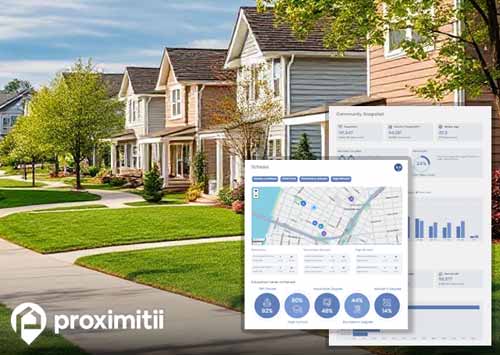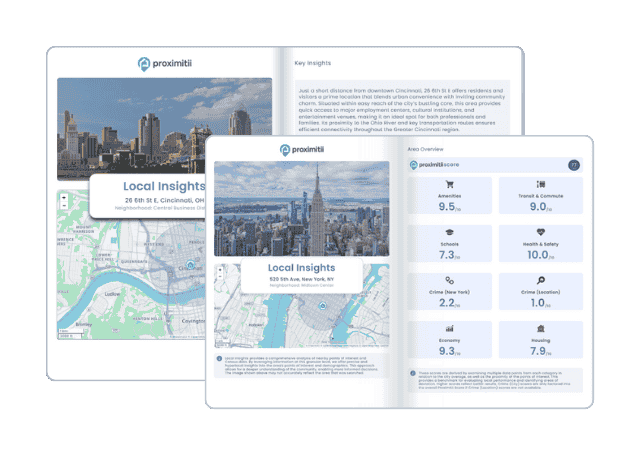| Statistic | Reportedincidents | /100k people | Beaver Creek/100k people | Maryland/100k people | National/100k people |
| Total crime | 0 | n/a (estimate) | 998 (estimate) | 2,470 | 2,119 |
| Murder | n/a | n/a | n/a | 7.2 | 5.0 |
| Rape | n/a | n/a | n/a | 33.0 | 37.5 |
| Robbery | n/a | n/a | n/a | 123.2 | 60.6 |
| Assault | n/a | n/a | n/a | 257.0 | 256.1 |
| Violent crime | n/a | n/a (estimate) | 170 (estimate) | 420 | 359 |
| Burglary | n/a | n/a | n/a | 190.0 | 229.2 |
| Theft | n/a | n/a | n/a | 1,446.8 | 1,272.1 |
| Vehicle theft | n/a | n/a | n/a | 412.8 | 258.8 |
| Property crime | n/a | n/a (estimate) | 828 (estimate) | 2,050 | 1,760 |



Why stop at city-to-city? With Local Insights, you can compare neighborhoods, zip codes, or even exact addresses. Access 300+ hyperlocal data points—from schools and crime to housing and amenities—to see which area is the better fit.

| Item | Beaver Creek | Maryland | National |
| Law enforcement employees (officers & civilians) | n/a | 5,343 | 558,732 |
| Police officers & civilians /1000 residents | n/a | 3.3 | 3.3 |
| State | Total offenders | Maryland /100K | National /100K |
| Maryland | 7,370 | 135 | 266 |
| City | Population | Violent crime/100k people | Property crime/100k people | Total crime/100k people |
| Shepherdstown, WV | 1,657 | 35 | 163 | 198 |
| Boonsboro, MD | 3,594 | 0 | 287 | 287 |
| Falling Waters, WV | 1,991 | 75 | 352 | 427 |
| Pen Mar, PA | 1,185 | 72 | 421 | 494 |
| Smithsburg, MD | 2,977 | 62 | 468 | 530 |
| Wayne Heights, PA | 2,605 | 80 | 469 | 549 |
| Carroll Valley, PA | 3,922 | 22 | 547 | 569 |
| Beaver Creek, MD | 539 | 170 | 828 | 998 |
| City | Population | Violent crime/100k people | Property crime/100k people | Total crime/100k people |
| New Village, NJ | 539 | 288 | 1,882 | 2,170 |
| Elliott, IA | 539 | 336 | 1,796 | 2,132 |
| Sledge, MS | 539 | 307 | 1,995 | 2,302 |
| Emily, MN | 539 | 188 | 1,176 | 1,364 |
| Republic, MI | 539 | 659 | 2,094 | 2,754 |
| Beaver Creek, MD | 539 | 170 | 828 | 998 |